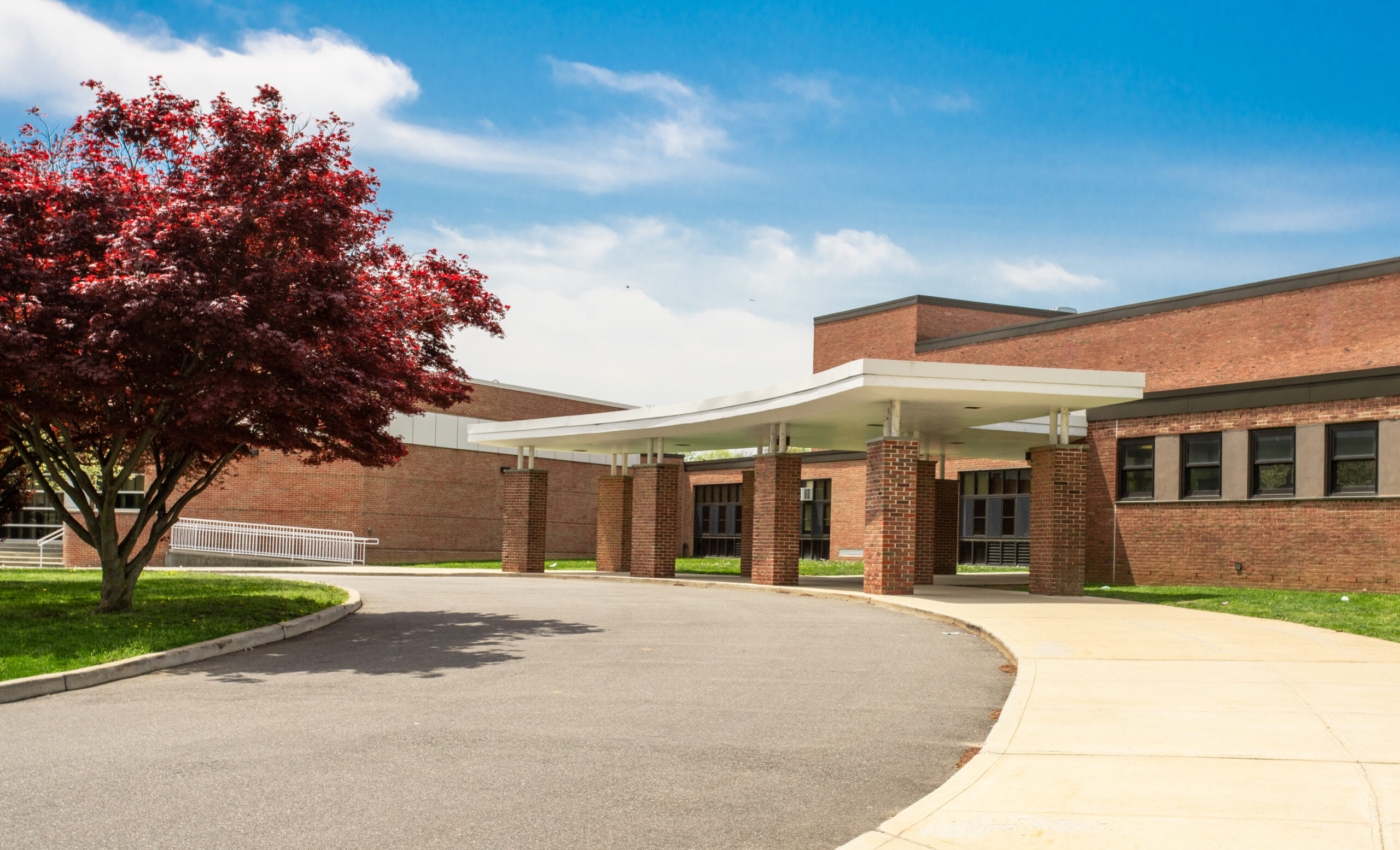If your teen is approaching driving age, it may be time to start thinking about adding them to your auto insurance policy. Although this will likely increase your insurance premiums, it is typically cheaper than having your teen purchase an auto policy in their own name. Here are six tips to consider when adding a teen to your auto insurance policy.
- Be prepared for higher premium costs. On average, annual premiums increase when a teen is added to your insurance—primarily because teenagers are inexperienced drivers and, therefore, more likely to get into accidents. This increased risk translates into higher costs, and premiums may not come back down until your teen is in their 20s.
- Pick the right car. Although your teen may be hoping for a shiny new car, putting your teen in a used car is often the less expensive option. The type of vehicle also matters. Sedans, minivans and SUVs generally have the best rates for teen drivers.
- Enroll your teen driver in a safe driving course. Even though it may not be a requisite for getting their license, a safe driving course will help teach your teen the rules of the road and how to be a safe driver
- Consider having your teen postpone getting their license. Younger drivers generally have higher car insurance costs than older drivers. Therefore, if your teenager doesn’t need to drive right now, you may want to consider having them postpone their license for another year.
- Increase your collision deductible. Increasing your comprehensive or collision deductible can help you save on monthly premium. However, keep in mind that your out-of-pocket costs will be higher if there is an accident.
- Lay out clear safety expectations. Talk to your teen driver about the importance of safe driving habits, such as obeying traffic laws and never texting and driving.
Finding Discounts
When adding a teen to your auto policy, you may be eligible for discount programs that will help offset the cost increase. Students with high GPAs may qualify for good student discounts. Other discount options include low mileage plans, programs that monitor your teen for safe driving behaviors and bundling options.
Contact INSURICA for more coverage guidance.
This article is provided for informational purposes only. The information provided herein is not intended to be exhaustive, nor should it be construed as advice regarding coverage. Eligibility for coverage is not guaranteed and all coverages are limited to the terms and conditions contained in the applicable policy. © 2025 Zywave, Inc. All rights reserved.
About the Author
Share This Story
Related Blogs
Group Health Premiums on the Rise: What Employers Need to Know
In 2025, rising group health premiums are becoming a central concern for employers. Carriers like UnitedHealth, Anthem, and CVS Health have issued projections showing significant cost increases—driven by escalating claims severity, specialty drug costs, and continued labor shortages across provider networks.
SECURE 2.0 Implementation: A New Era in Retirement Planning
The SECURE 2.0 Act, passed in late 2022 and now in active rollout through 2025, is reshaping the landscape of workplace retirement planning. Designed to expand access, modernize plan design, and improve financial preparedness, the law introduces over 90 new provisions—many of which are now surfacing in HR departments across the country.
Visitor Check-In and Access Control Best Practices
Visitor check-in and access control best practices are essential for ensuring campus safety. With increasing security concerns in schools, implementing visitor check-in and access control best practices helps minimize unauthorized access, protect students and staff, and ensure a safe learning environment.








